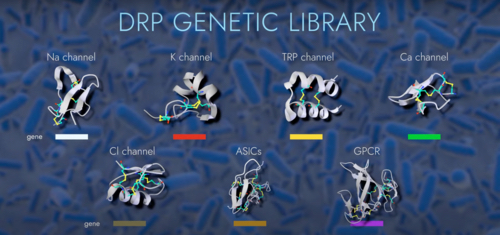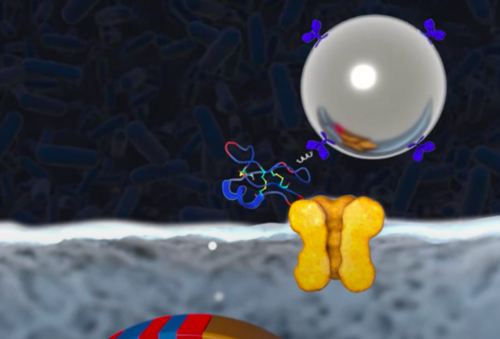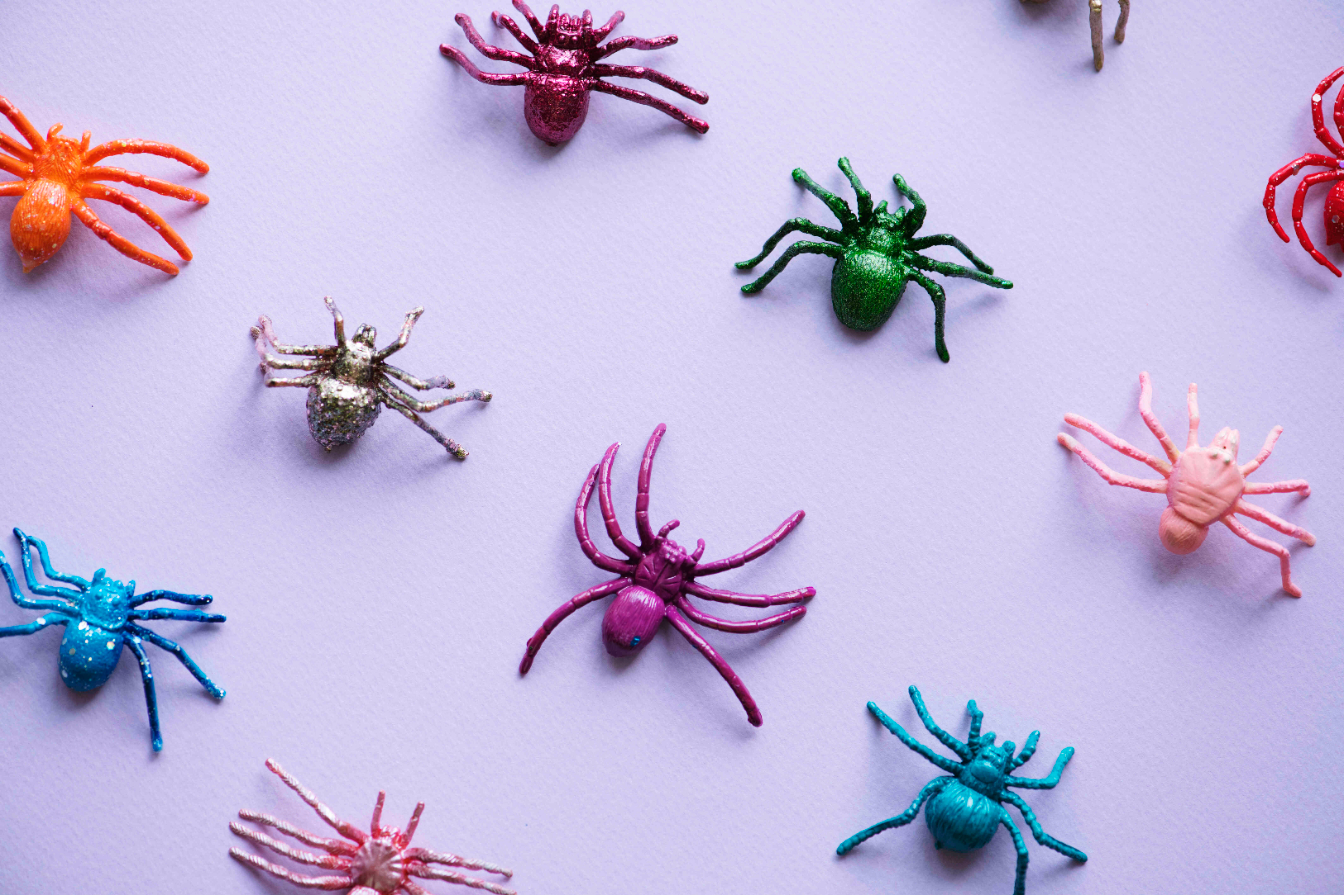J-STORIES - A Japanese company has come up with a groundbreaking drug development program that looks set to turn deadly poisons into life-saving medicinal applications for humans, animals and even plants.
The Veneno Suite developed by Ibaraki-headquartered Veneno Technologies provides an innovative way to overcome difficulties in producing drugs from venom found in creatures such as snakes, scorpions and spiders by genetically altering elements of those venoms.
Animal venoms contain peptides (amino acid compounds known for their capacity to treat diseases and kill microbes), many of which affect specific physiological functions in humans. One kind in particular, disulfide-rich peptides (DRPs), are found throughout nature and are known to possess enormous potential as a tool for developing new drugs.
There have been attempts to make drugs using DRPs in the past, but few have succeeded due to the complexity of the peptides and the difficulty of the task.
This was a key motivator for Veneno Technologies when it was founded In 2020 by Tadashi Kimura, an expert in tarantula venom at the National Institute of Advanced Industrial Science and Technology, and Kazunori Yoshikawa, who has worked on developing new drugs for a major pharmaceutical company and several startups. The company's groundbreaking Veneno Suite drug development platform was launched in the belief it could help solve the complications that have hampered development to date.
One of the Veneno Suite’s core technologies is the “DRP space” method of collating genetic libraries. While the creation of genetic libraries of the peptides found in natural venom is time-consuming and complicated using conventional methods, Veneno has developed a way to use a single DRP as a model and genetically alter parts to quickly create a huge and varied stock of DRPs.

Veneno has also developed its own innovative technology to sort through this massive library of peptides. Named PERISS, it uses E. coli colon bacteria to select the best peptide for developing a particular drug. The bacteria simultaneously expresses DRPs and ion channels to efficiently screen DRPs, and is the only technology of its kind in the world, says Yoshikawa, who is the company's CEO.
What differentiates this method from other screening method is that DRPs and target molecules such as ion channels can be simultaneously expressed on the inner membrane of E. coli for efficient screening, making it "the only technology of its kind in the world,” Yoshikawa says.

Veneno is already using the platform for joint research work with pharmaceutical companies to develop DRPs that can be used for medicines. Currently with operations in both Japan and the United States, Veneno is looking toward global expansion. At the same time, it is conducting its own in-house research with the intention of licensing DRPs with drug development potential to pharmaceutical companies. “We absolutely have to use DRPs to make medicines,” Yoshikawa says.
DRPs also affect animals, insects, plants, and bacteria, so they can also be used to make new veterinary drugs and agricultural chemicals. In particular, the company is talking with chemical manufacturers about the development of agricultural chemicals that are more friendly to the environment.
Translation by Tony McNicol
Top page photo by Rawpixel/Envato
For inquiries about this article, please contact jstories@pacficbridge.jp
***
Click here for the Japanese version of the article.


![[Podcast] Japanese technology to supercharge human fertility (Part 3)](https://storage.googleapis.com/jstories-cms.appspot.com/images/1766558713084place-for-scientific-research-2025-03-07-14-08-49-utc%20(1)_smallthumbnail.jpeg)
![[Podcast] Japanese technology to supercharge human fertility (Part 2)](https://storage.googleapis.com/jstories-cms.appspot.com/images/1765863548035unnamed-7_smallthumbnail.jpg)
![[Podcast] Japanese technology to supercharge human fertility (Part 1)](https://storage.googleapis.com/jstories-cms.appspot.com/images/1765440905082unnamed_smallthumbnail.jpg)

![[Podcast] Japanese technology to supercharge human fertility (Part 3)](https://storage.googleapis.com/jstories-cms.appspot.com/images/1766558713084place-for-scientific-research-2025-03-07-14-08-49-utc%20(1)_bigthumbnail.jpeg)
![[Interview: Part 2] A digital approach to tackle child hunger in Japan with dignity](https://storage.googleapis.com/jstories-cms.appspot.com/images/1766130666509unnamed_bigthumbnail.jpg)
![[Podcast] Japanese technology to supercharge human fertility (Part 2)](https://storage.googleapis.com/jstories-cms.appspot.com/images/1765863548035unnamed-7_bigthumbnail.jpg)
![[Podcast] Japanese technology to supercharge human fertility (Part 1)](https://storage.googleapis.com/jstories-cms.appspot.com/images/1765440905082unnamed_bigthumbnail.jpg)
_bigthumbnail.jpeg)




![[Interview] When digital and physical worlds meet](https://storage.googleapis.com/jstories-cms.appspot.com/images/1747974430456unnamed-2_smallthumbnail.png)

![[Interview] How Japanese musician Grover turned his passion of ‘sound’ into a health-tech startup](https://storage.googleapis.com/jstories-cms.appspot.com/images/1746181078493R7__1407_smallthumbnail.jpg)


_smallthumbnail.jpeg)

![[Interview: Part 1] From nourishing souls to feeding the hungry](https://storage.googleapis.com/jstories-cms.appspot.com/images/1763695595492unnamed_smallthumbnail.jpg)

